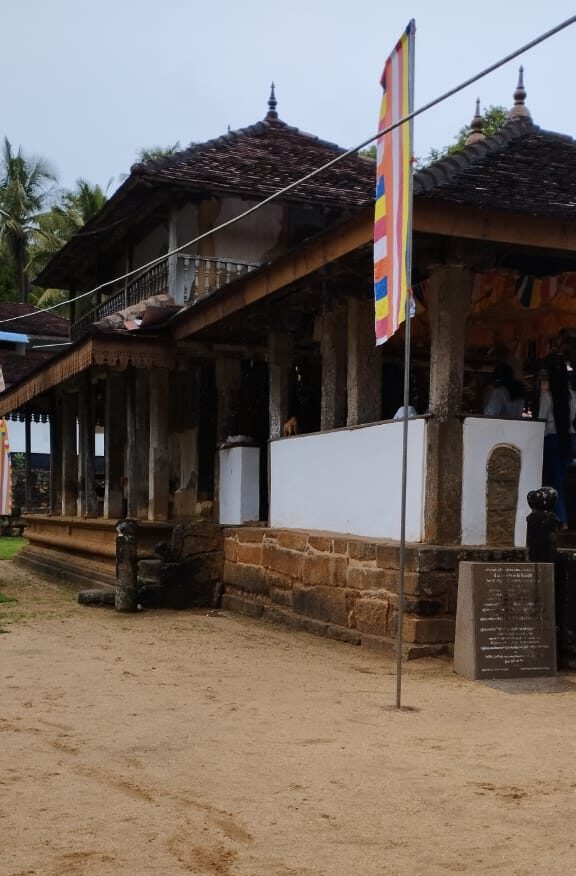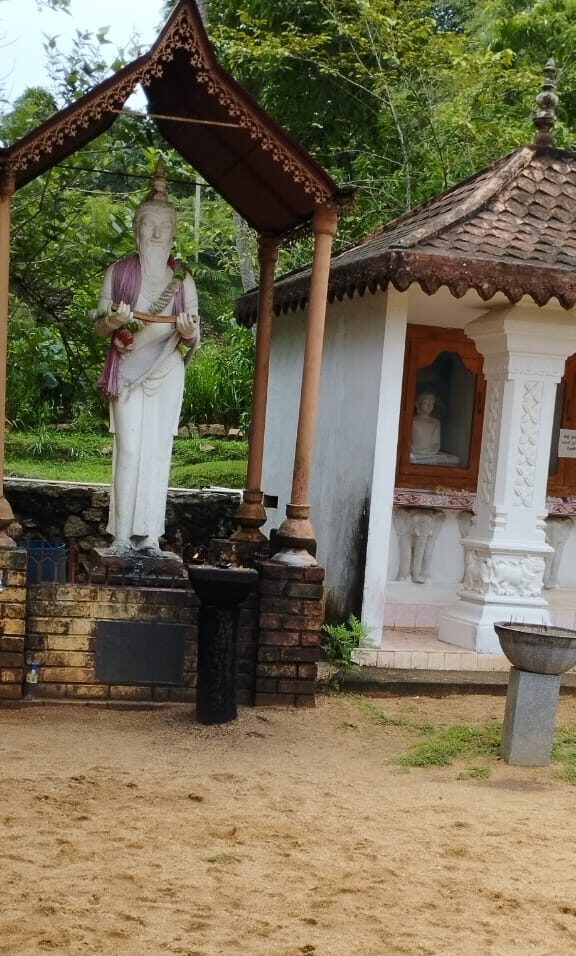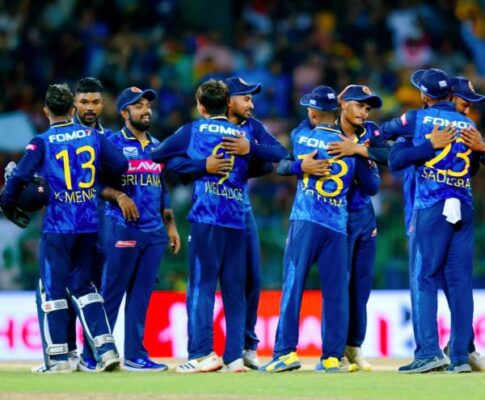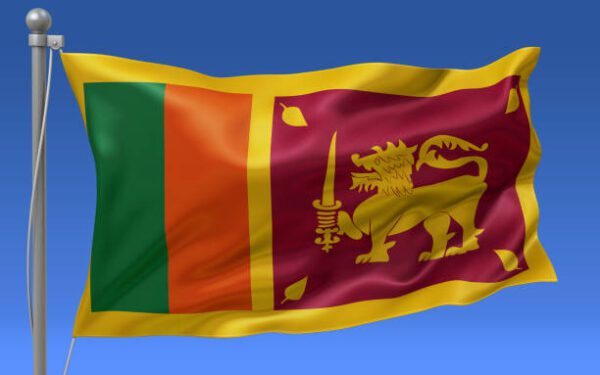Ancient capital city of Sri Lanka ‘ Dambadeniya ‘ – By Malsha – eLanka

Dambadeniya is a historical site and an ancient capital city of Sri Lanka. It is located in the North Western Province of the country, approximately 30 kilometers southwest of Kurunegala. Dambadeniya served as the capital of Sri Lanka from 1232 to 1272 during the reign of King Vijayabahu III and several other kings of the Dambadeniya Kingdom.
During its time as the capital, Dambadeniya was an important political, administrative, and cultural center. The city was fortified with walls and had many palaces, temples, and monastic buildings. One of the notable landmarks in Dambadeniya is the Dambadeniya Raja Maha Vihara, a Buddhist temple that still exists today. The temple houses ancient statues, inscriptions, and other archaeological remains.
Dambadeniya lost its status as the capital when it was replaced by Yapahuwa as the seat of power in the 13th century. Nevertheless, the historical significance and remnants of Dambadeniya continue to attract tourists and researchers interested in Sri Lanka’s rich cultural heritage.
History of Dambadeniya Kingdom
The Dambadeniya Kingdom was an ancient monarchy in Sri Lanka that existed from 1232 to 1293. It was established by King Vijayabahu III, who shifted the capital from Polonnaruwa to Dambadeniya in order to counter the constant invasions and political instability in the south of the country.
The kingdom reached its zenith during the reign of Vijayabahu III and his successors. It was a time of significant cultural, religious, and architectural development. Dambadeniya became a center of Theravada Buddhism and witnessed the construction of numerous monastic complexes and religious institutions.
After the death of Vijayabahu III, his son, Parakramabahu II, ascended the throne and continued to expand the kingdom’s power. He successfully repelled invasions from neighboring kingdoms and launched military campaigns to assert his dominance over other regions of Sri Lanka.
However, the power and influence of the Dambadeniya Kingdom gradually declined after the death of Parakramabahu II. Internal conflicts and succession disputes weakened the kingdom, making it vulnerable to external threats. This led to the eventual downfall of the kingdom in 1293 when it was conquered by forces from the Kingdom of Jaffna.
Despite its relatively short existence, the Dambadeniya Kingdom left a lasting impact on Sri Lanka’s history and culture. The period witnessed the emergence of new architectural styles, such as the Dambadeniya style of art and architecture. The Dambadeniya Raja Maha Vihara and other monuments built during this era are testament to the kingdom’s cultural and religious importance.

Dambadeniya, located in the North Western Province of Sri Lanka, offers several tourist attractions that showcase its rich historical and cultural heritage. Here are some notable tourist places in Dambadeniya:
- Dambadeniya Raja Maha Vihara: This ancient Buddhist temple is the main attraction in Dambadeniya. It houses a large stupa (dagoba) called the Dambadeniya Stupa and various other structures such as the image house, assembly hall, and relic chamber. The temple’s historical significance and architectural beauty make it a must-visit site.
- Dambadeniya Archaeological Site: The surrounding area of Dambadeniya is dotted with archaeological remains from the ancient kingdom. Exploring the ruins and remnants of the old capital city can provide a glimpse into the past. You can find remains of fortifications, palaces, and other structures that once formed the bustling capital.
- Dambadeniya Tank: Dambadeniya Tank is an ancient reservoir built during the kingdom’s reign. The tank not only served as a water source but also played a crucial role in agriculture and irrigation. The serene surroundings and the opportunity for bird-watching make it a pleasant spot for nature enthusiasts.
- Kurunegala: Located nearby, Kurunegala is a bustling city known for its historical and cultural attractions. The famous Elephant Rock, a massive rock formation with ancient caves and inscriptions, is a popular tourist spot. The Kurunegala Clock Tower, Kurunegala Lake, and Athugala Buddha Statue are other notable attractions worth exploring.
- Yapahuwa: Yapahuwa, another ancient capital city, is located in close proximity to Dambadeniya. It served as the capital of Sri Lanka after Dambadeniya. The Yapahuwa Rock Fortress, with its impressive ruins and a majestic staircase, offers panoramic views of the surrounding area.
- Ridi Viharaya: Situated about 20 kilometers from Dambadeniya, Ridi Viharaya is a renowned Buddhist temple. It features a large reclining Buddha statue and a cave complex with ancient murals and inscriptions.
These are just a few of the tourist places in and around Dambadeniya. Exploring the region allows you to immerse yourself in Sri Lanka’s rich history and architectural marvels.
Dambadeniya Raja Maha Vihara, also known as Dambadeniya Royal Temple, is an ancient Buddhist temple located in Dambadeniya, Sri Lanka. It holds great historical and religious significance as it was one of the major monastic complexes during the reign of the Dambadeniya Kingdom.
The temple was originally built in the 13th century and underwent various renovations and expansions over the centuries. It was constructed by King Vijayabahu III, who made Dambadeniya the capital of Sri Lanka during his reign. The temple served as a center for religious activities and played an important role in the kingdom’s administration.
The main feature of the Dambadeniya Raja Maha Vihara is its stupa (dagoba) called the Dambadeniya Stupa. It is a large brick structure with a hemispherical shape, surrounded by a circular terrace. The stupa is believed to enshrine relics of the Buddha or other revered Buddhist figures.
The temple complex also includes several other buildings and structures, such as the image house (shrine room) that houses statues of the Buddha, Bodhisattvas, and other deities. There are also various other structures like the assembly hall, the relic chamber, and the monk’s quarters within the temple premises.
The Dambadeniya Raja Maha Vihara attracts both devotees and tourists who come to explore its historical and architectural significance. It is considered an important cultural heritage site in Sri Lanka and is a place of worship and pilgrimage for Buddhists.




















